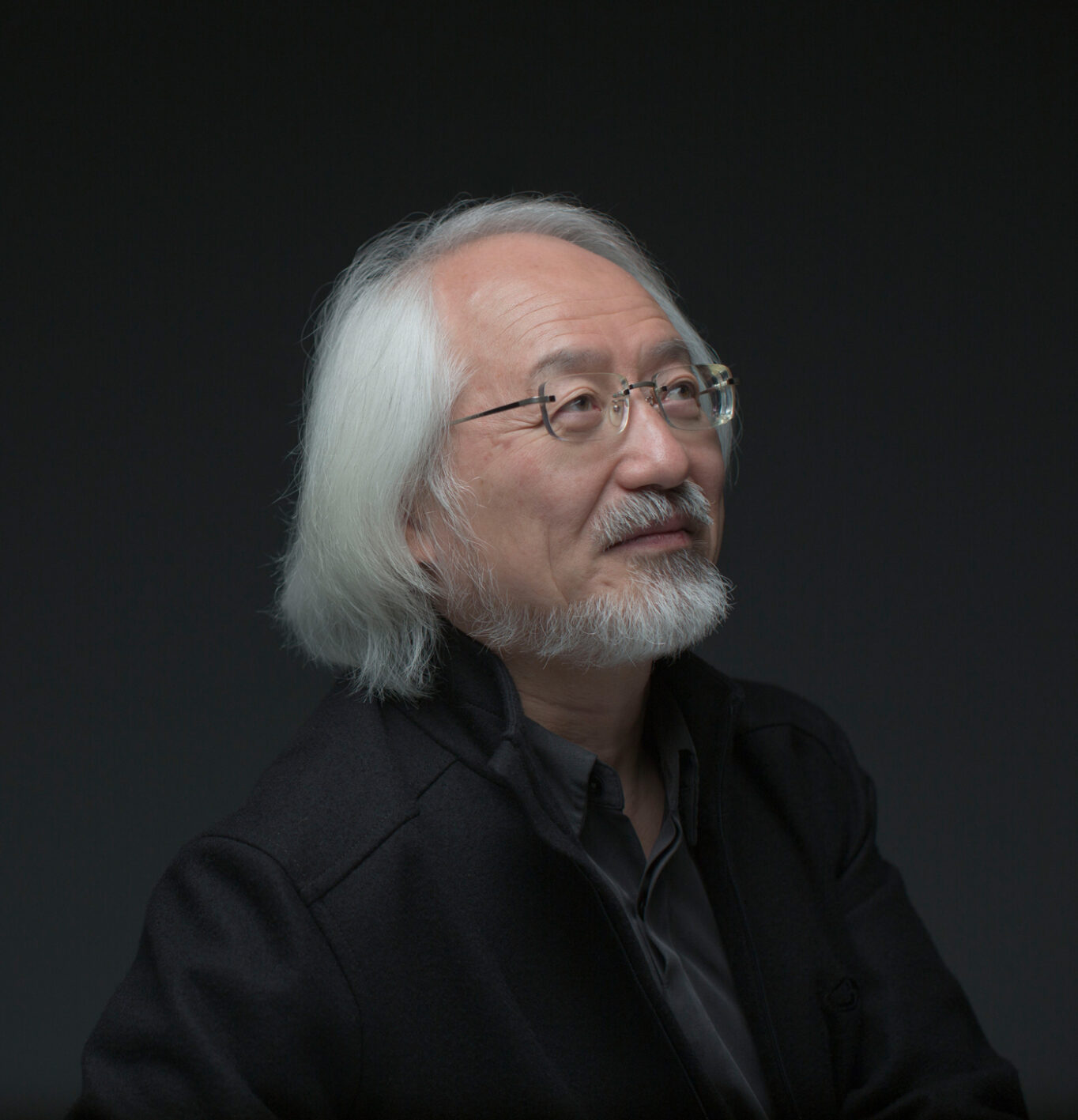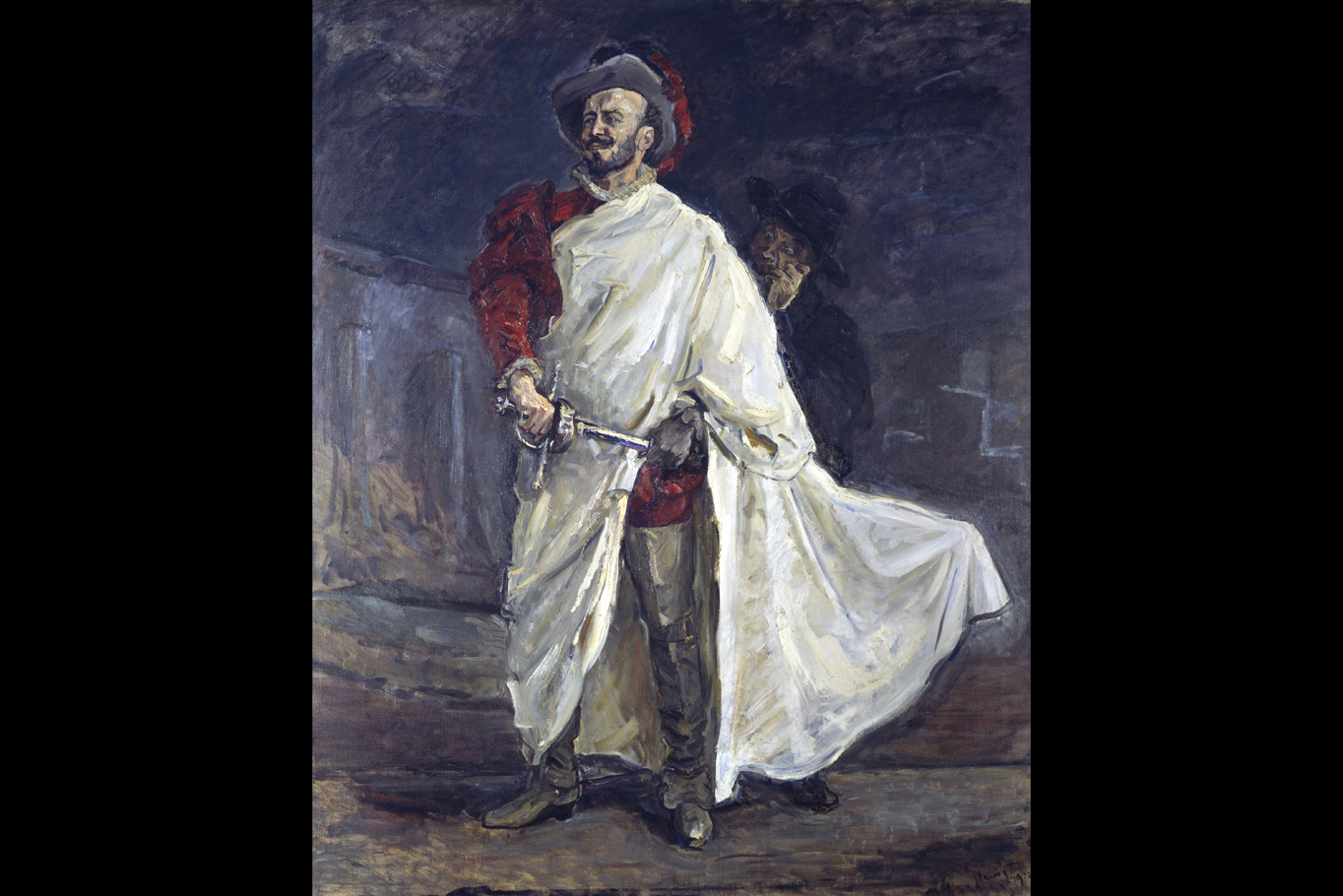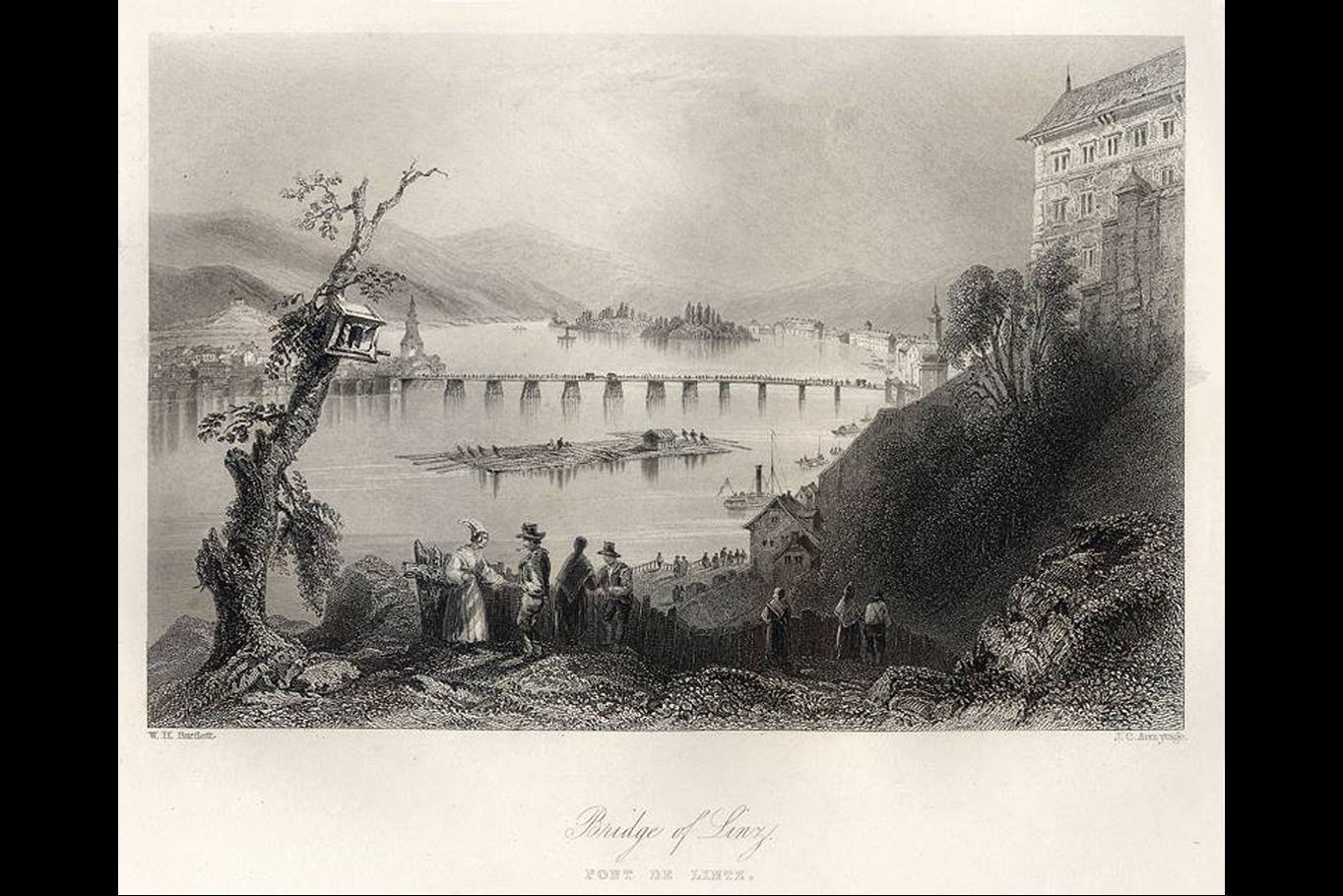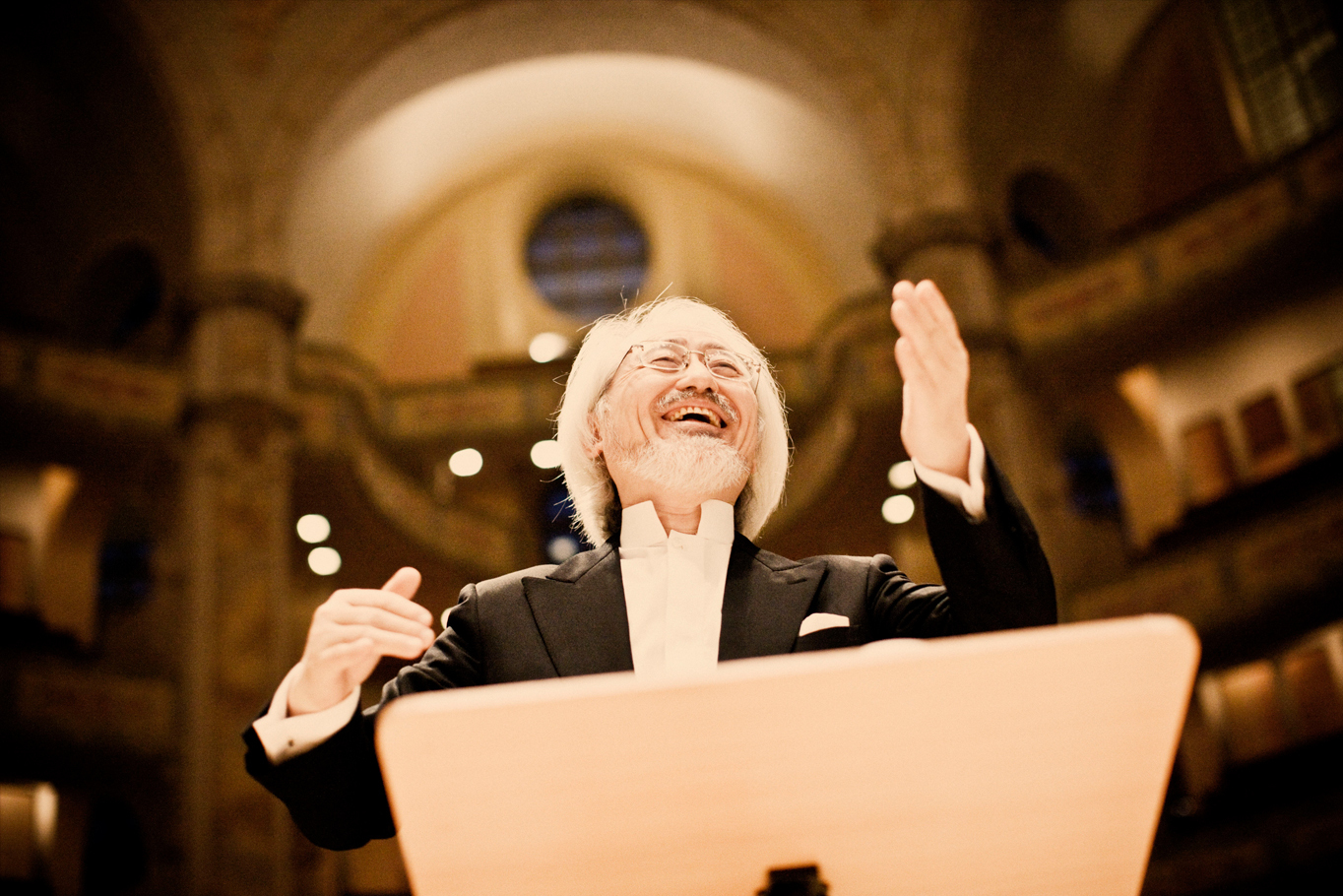
Master of the Mass
09 May, 2023
Masaaki Suzuki is one of the world’s foremost interpreters of sacred music, having devoted his life to large-scale choral works by composers including Bach and Mozart. And Sydney will get to experience this incredible knowledge when the Japanese conductor leads the Sydney Symphony in an all-Mozart program in June.
Written by Hugh Robertson
Japanese conductor Masaaki Suzuki is synonymous with JS Bach.
The founder and music director of the Bach Collegium Japan has spent decades recording Bach’s 250-odd cantatas in a cycle praised for its “unsurpassable” quality, and performances that “radiate freshness”. Not content with the cantatas alone, the Collegium have also recorded Bach's concertos and orchestral suites, while Suzuki has also tackled the solo works for harpsichord and organ.
But Suzuki has more than one string to his bow. Since the conclusion of the cantatas cycle he has turned his talents to composers as diverse as Beethoven, Britten, Fauré, Monteverdi, Mahler and Stravinsky, exploring the choral tradition through the centuries. But chief among his non-Bach repertoire has been Mozart, and it is works by Wolfgang that Suzuki will conduct when he visits the Sydney Symphony in June.
It is clear that Suzuki’s admiration for Mozart is every bit as strong as that for Bach. “Mozart is one of the most essential composers in terms of the whole European music,” Suzuki explains from his home in Japan. “Everything is so logical, everything sounds so simple – and yet at the same time everything is so beautiful.
“Mozart and Bach might look like the they don't belong to the same world, but actually they both belong to the 18th century. Usually we see only the difference between them, but actually I see many common elements – and Mozart was interested in knowing about Bach and Bach’s music.”
One obvious link between them is that both were masters of every musical form they turned their hands to. From orchestral works to works for solo instruments, the genius of both composers leaps off every page they wrote. These concerts will showcase three works that together demonstrate just a fraction of Mozart’s genius: the Overture to his great opera Don Giovanni, Symphony No.36, and the Great Mass in C Minor.
Mozart has a well-earned reputation as a mercurial genius, turning out masterpieces at the frequency that we today might send text messages. And both the Overture to Don Giovanni and the symphony have archetypically Mozartian stories of inspiration behind them.

Unquestionably one of the greatest operas ever written – French composer Charles Gounod called it "a work without blemish, of uninterrupted perfection" – Mozart composed Don Giovanni in a few short months in 1787. The night before its premiere Mozart was out celebrating with friends when one of them pointed out that the opera didn’t yet have an overture; Mozart, pointing to his head, said ‘Don’t worry, it is here,’ and shortly after midnight returned home to get it down on paper. His wife Constanze stayed up reading stories to keep him awake, and by 7am the overture was written.
Far from a hastily scribbled afterthought, the Overture to Don Giovanni is a masterpiece, and is often performed in concerts separate to the rest of the opera. It is full of drama and intensity, and rollicks along at breathtaking speed – the perfect opening to an opera, and to this concert.
Symphony No.36 has a similar story behind it. Wolfgang and Constanze Mozart were travelling home to Salzburg from Vienna when they stopped in the city of Linz. They were due to stay with an old family friend who had arranged for a concert in Wolfgang’s honour in four days’ time, at which it was expected Mozart would produce a new symphony for the occasion. Mozart didn’t have a symphony in his pocket, so as he wrote to his father, “I am writing a new one at breakneck speed.”
Despite its rapid composition, the ‘Linz’ Symphony is no mere ‘symphony by numbers’ exercise, and indeed is an expansive and grandiose work that subverts and confounds the expectations of the audience. For the first time in his career Mozart begins a symphony with a slow movement, full of tension that draws the listener in; Mozart also includes trumpets and drums in the slow movement, another first but something he would use often in his subsequent symphonies.

Far from the rapid composition of these two works is the Great Mass in C Minor. This is a work with origins shrouded in mystery: there is no obvious impetus for Mozart to have begun composing it, and having composed a significant portion of the work he then set it aside, never to complete it. Intriguingly, that backstory is similar to that of his Requiem, his other attempt at a large sacred choral work. So what happened?
“That is a good question,” says Suzuki. “In terms of the sacred music of Mozart, those two most important works are unfinished. It’s quite ironic,’ he says with a wry laugh. “We can see why the Requiem was not completed – he started it just before his death but passed away before he could finish it. We can understand the kind of circumstances around that, but we don't understand why he didn't complete the C Minor Mass.”
Even incomplete, Mozart’s Great Mass is an extraordinary work, one that wears its influences on its sleeve but is also clearly, unmistakably Mozart. As Suzuki points out, Mozart fulfills all the obligations of a form that has a fundamentally religious purpose, but the way he wrote it was full of invention and thoroughly modern technique.
“Of course he had to follow the story first of all,” says Suzuki. “And I am very interested in the Mass form and text. That form is hugely important throughout history, and many composers have used that text in their works. But three of the most interesting Masses – Bach’s B Minor Mass, Mozart’s C Minor Mass and the Beethoven D Major Mass, the Missa Solemnis – were all composed for personal reasons, and certainly not performed in the public during church services.
“The Mozart Mass has not only beautiful sound, but beautiful form. And actually in spite of the text, he has tried to take old music and force it into sonata form.”
For Suzuki, it is those musical qualities of the Great Mass that interest him the most – not the religious aspects.
“Very often I asked about the spirituality of sacred music, but actually we as musicians should take care of the very practical aspects,” Suzuki says with a smile. “For us it is much more important to be in tune! Once we know that the music is very good, we don't have to think too much about spirituality.
“I am personally interested, of course, in how Mozart thought about this kind of religiousness or spirituality, but actually apart from the fact that we probably believe in the same God as Bach or Mozart, there is nothing in common with him and me.
“Our task is to make the music alive – but our responsibility is only until the edge of the stage!”
While at first glance the three works in this concert bear little relation to one another, Suzuki points out that they are connected not only musically, but historically too.
The Mozarts’ stopover to Linz was on the way back from a journey to visit Wolfgang’s father Leopold in Salzburg. That visit was a diplomatic mission to mend relations that had soured when Wolfgang married Constanze over Leopold’s objections, but while Leopold and Wolfgang’s sister Nannerl were polite to Constanze, the overall tenor remained frosty. Not even Constanze’s performance in the premiere of the C Minor Mass on that visit could win her in-laws over.
So the Linz symphony was written mere weeks after the premiere of the Mass. Musically too, they are connected – the symphony is in C Major, so occupies a similar soundworld to the C Minor Mass. “It is a very nice combination, I think,” says Suzuki.
“The Don Giovanni Overture has nothing to do with sacred music,” continues Suzuki with a laugh. “Don Giovanni is a story about a man who should go to Hell. And this overture is a kind of hint of this sound, and this serious aspect of the music works very well together with the C Minor Mass.
“And most of the overture is in D Major, and that is very happy and very dramatic. I think it's a fairly good combination. So I do that overture very often – maybe a little too often! But I like it very much.”

Interestingly for someone considered one of the world’s great conductors, Suzuki doesn’t really think of himself like that. Even now, nearly 35 years since he founded the Bach Collegium Japan, and after countless awards and engagements all over the world, he still sees himself as an organist who conducts out of necessity. But he does acknowledge the usefulness of conducting as research, helping him understand better and more deeply the composers whose works he has devoted his life to.
While sacred and choral music will always remain his deepest love, he points out that it is impossible to get the full picture of a composer without also knowing their instrumental works.
“To be perfectly honest, I'm more interested in sacred music than symphonies and instrumental music. But they are related to each other so closely that you can never ignore one of them. If you don't know about Beethoven’s symphonies you can never understand how special the Missa Solemnis is. I think that’s very important, to know everything.”
Suzuki catches himself.
“Not everything – that is not possible!” he says with a laugh. “But as much as possible.”
Perhaps it is impossible to know anything about a subject, especially one such as sacred music where so much remains between the music-maker and their maker. But in Masaaki Suzuki, we have the opportunity to benefit from the extraordinary devotion and dedication of someone who knows as much about this topic as anyone, and hear the result of that with our very own eyes.
